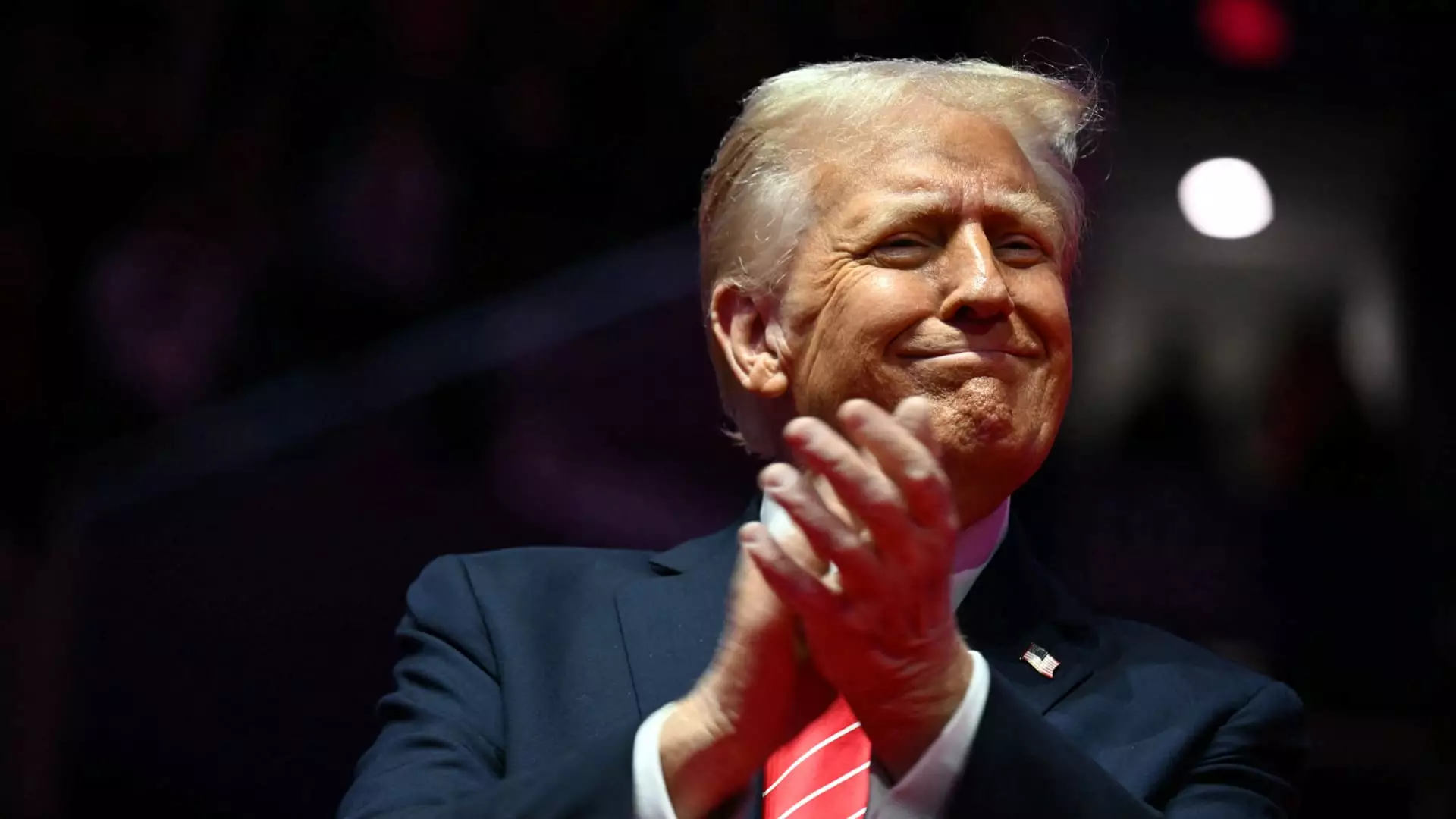On the cusp of Donald Trump’s second inauguration, the political landscape in Washington, D.C. is set for a seismic shift. Rumors have circulated about the volume and nature of executive orders that Trump intends to sign on his first day back in office. Reports indicate that he is poised to issue more than 50 executive orders—perhaps even surpassing 100—aiming to redefine significant aspects of federal policy and governance. Trump’s inaugural ceremony is scheduled at noon, kicking off a series of events that will be marked by indoor celebrations due to the inclement weather that has taken over the capital.
As Trump prepares to take the oath of office, his intentions for immediate executive action are crystal clear. Among the orders expected to be signed are a combination of policy reversals from his predecessor, Joe Biden, along with fulfilling campaign promises made to his staunch MAGA supporters. Central to this first wave of action is an order to declare a national emergency related to the U.S.-Mexico border, a highly anticipated move that aims to curb illegal immigration and associated cross-border offenses. Trump’s supporters revel in the prospect of stringent measures that signal a dramatic pivot in U.S. immigration policy, suggesting that rapid action is a hallmark of a Trump administration.
Trump’s track record during his first term suggests that he is prepared to adopt unconventional methods to fulfill his policy objectives. One prominent area of focus is his commitment to continue pursuing border security, a topic that remains a cornerstone of his political identity. At a rally leading up to the inauguration, Trump was buoyant, proclaiming, “By the time the sun sets tomorrow evening, the invasion of our borders will have come to a halt.” This fervent rhetoric illustrates the urgency he places on immigration reform, galvanizing his base while also laying the groundwork for imminent legislative conflicts.
Yet, the legal implications of his proposed actions cannot be overstated. Previous attempts to redirect military appropriations for border wall funding were halted by federal courts, and Biden’s administration promptly dismantled many of Trump’s border policies. Now, as Trump reenters the political arena, he must grapple with the complexities of the Impoundment Control Act of 1974, which mandates that appropriated funds are to be disbursed as Congress intended. Trump’s nominee for the Office of Management and Budget has voiced skepticism regarding the constitutionality of this law, highlighting the potential for contentious legal battles ahead as the new administration seeks to navigate existing statutes.
Another controversial aspect of Trump’s agenda is the revival of his “Schedule F” proposal—a plan designed to reclassify a broad range of civil service positions to make it easier to install loyal appointees in key federal roles. This approach has drawn both criticism and support, as it presents a pathway for an administration to exert greater control over the federal workforce. By reorienting civil service rules, Trump could significantly alter the dynamics of how federal agencies operate, potentially paving the way for more aggressive implementation of his policy goals.
Furthermore, in what is expected to be a flurry of activity, Trump’s incoming Deputy Chief of Staff for Policy, Stephen Miller, engaged with Republican lawmakers ahead of the inauguration to outline the impending orders. This orchestration of coordinated legislative efforts signifies a clear intent to leverage executive power as a principal tool in shaping national policy.
Looking Ahead
The stage is set for an administration that is characterized by rapid shifts and decisive actions, reminiscent of its predecessor. Trump’s first day in office will not merely be a ceremonial event but a profound signal of his commitment to reshaping American policies to align with his vision. As Trump prepares to sign a “record-setting number of documents,” observers will watch closely for the implications of these sweeping executive orders, questioning the extent to which they adhere to constitutional guidelines while reflecting an existing divide in American politics. As Trump embarks on this new chapter, the nation stands on the brink of transformation, with the prospect of both political discord and fervent support reverberating through the halls of power.


Leave a Reply